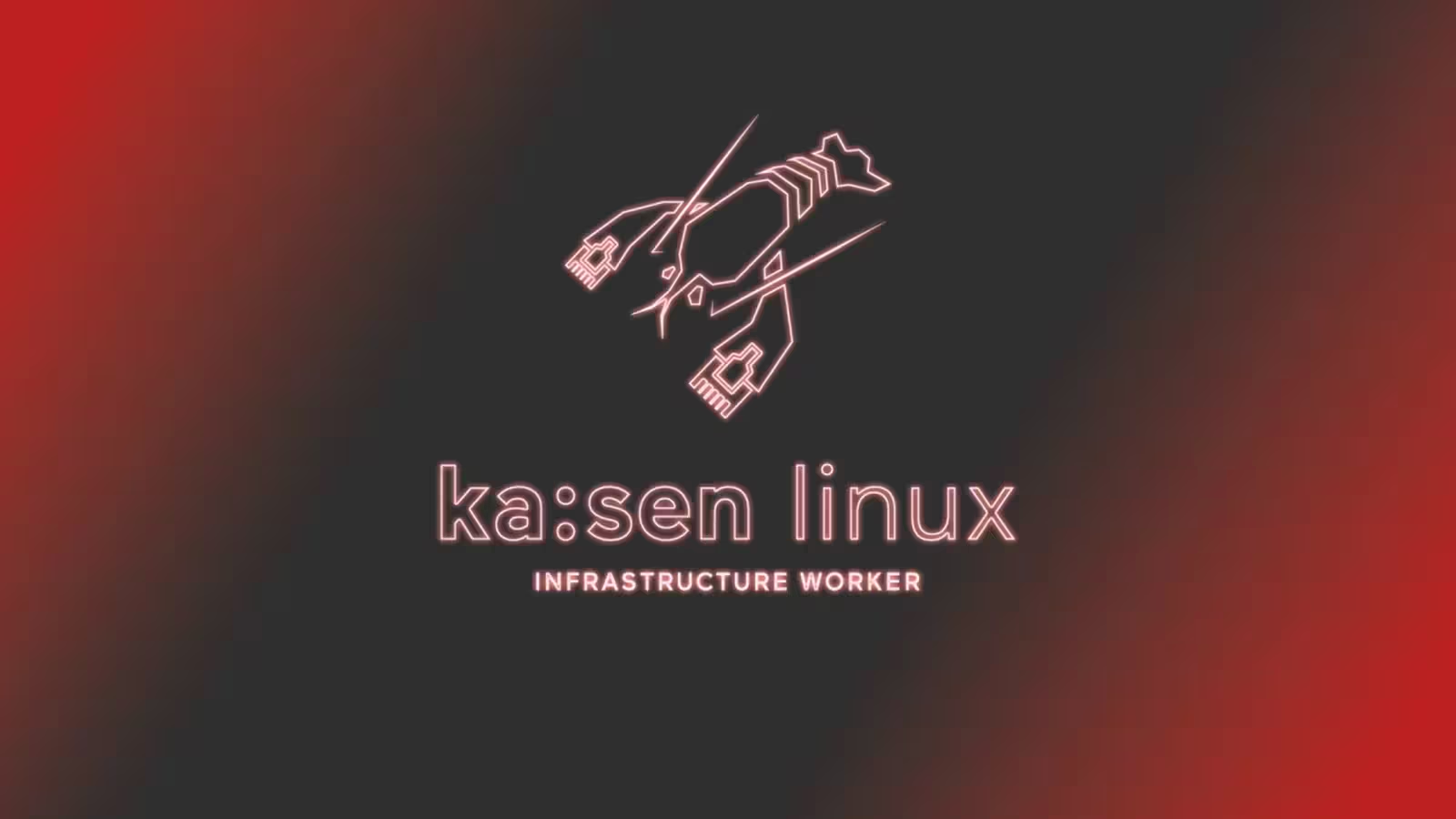4 Minutes
Kaisen Linux announces end of development with Rolling 3.0
Kaisen Linux, a niche Linux distribution built for IT professionals, has reached end of life. The project maintainer published Rolling 3.0 as the final release and confirmed he will step away to focus on new personal and professional endeavors. The announcement arrives amid recent shutdowns across the Linux ecosystem, most notably Intel's decision to discontinue Clear Linux, underscoring the ongoing consolidation and cost pressures in specialist distributions.
What Kaisen Linux offered
Kaisen Linux was designed as a toolkit-oriented Linux distribution for system rescue, administration, and network diagnostics. It shipped with a comprehensive collection of utilities tailored to sysadmins and engineers, and supported multiple desktop environments including KDE Plasma, LXQt, MATE, and Xfce. A notable convenience was toram mode, which loads the entire OS into RAM so the USB drive becomes free for other tasks — a practical feature for live rescue and portable diagnostics.
Key features in the final Rolling 3.0 release
Rolling 3.0 is based on Debian Trixie, providing a modern Debian 13 foundation. Several important changes and refinements were included in the final snapshot:
- KDE Plasma 6 is set as the default desktop environment, with SDDM replacing LightDM as the display manager following resolved customization issues in KDE 6.
- The apt upgrade command now redirects to apt full-upgrade to reduce the risk of package inconsistencies and system breakage.
- A new kaisen-timeshift-fast-restore command enables one-command BTRFS snapshot restoration, streamlining disaster recovery workflows.
- ZFS management tools and the kernel module are fully supported, offering enterprise-grade storage options alongside BTRFS snapshots.
- Centralized manpages now exceed 1705 entries, complete with fixed links and reorganized categories for faster documentation lookup.
- Installer automatic partitioning now suggests separating root and home only, a change intended to protect snapshot integrity.
- GPG keys were refreshed and will remain valid until 2029, ensuring package integrity for the supported update window.
Tool removals and cleanups
The maintainer removed a number of packages to streamline the distribution. Popular utilities such as neofetch were dropped, as were dmraid, hping3, and reiser4progs. These removals reflect a move toward a leaner toolkit and a focus on actively maintained components.
Comparisons and market relevance
Compared with Intel's Clear Linux, which will no longer receive security patches, Kaisen Linux is offering a substantially more graceful exit. The project maintainer plans to provide up to two years of security updates after this final release, giving enterprises and professionals a transition window to migrate systems or adopt alternative distributions. For teams relying on system rescue, network diagnostics, and admin toolkits, Kaisen Linux's two-year update offer is meaningful and professional-grade.
Advantages, use cases and migration considerations
Advantages of Kaisen Linux included a curated collection of diagnostic tools, flexible DE options, toram for portable operations, and integrated snapshot restore workflows for BTRFS and ZFS. Primary use cases encompassed incident response, forensic imaging, server rescue, network troubleshooting, and hands-on systems administration.
For organizations and power users planning migration, the key steps are inventorying critical tools, mapping equivalent utilities in mainstream distributions, and testing BTRFS or ZFS snapshot restorations. With Rolling 3.0 based on Debian Trixie, migrating to Debian, Ubuntu, or enterprise Debian derivatives will be straightforward for many users.
Final thoughts
The closure of Kaisen Linux is a loss for the specialist distro landscape, but its final release is a polished, well-documented farewell. With modern features like KDE Plasma 6, ZFS support, and enhanced snapshot tooling, Rolling 3.0 will serve as a stable bridge for users transitioning to alternative platforms over the next two years.
Source: neowin


Leave a Comment